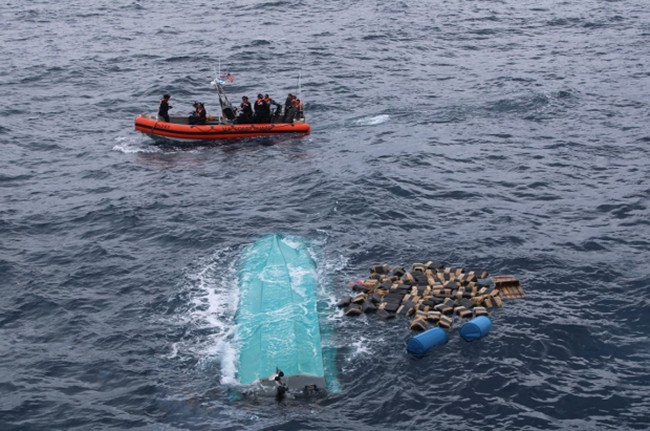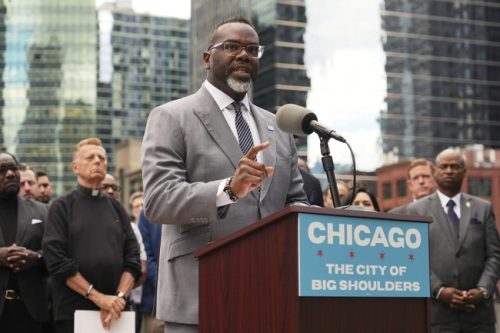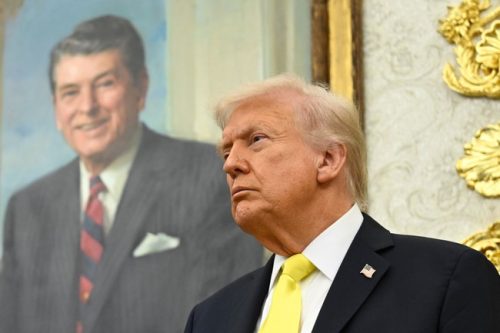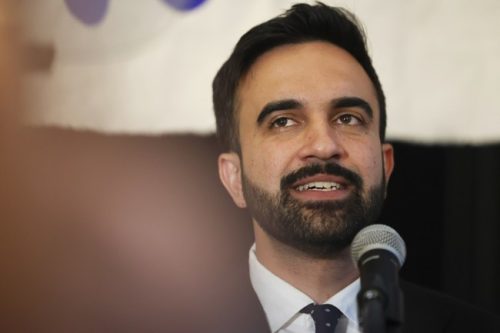U.S. Coast Guard Has Seized 100,000 Pounds of Cocaine Since August
The United States Coast Guard reports it has seized more than 100,000 pounds of cocaine in the Eastern Pacific since launching Operation Pacific Viper in early August. That figure reflects an intensified patrol and interdiction effort aimed at stopping shipments before they approach U.S. shores. Officials describe the campaign as a focused surge of assets and coordination across agencies.
Operation Pacific Viper was launched as a concentrated push into known trafficking lanes to break up cartel logistics and human smuggling networks. The campaign places cutters, aircraft, and partnered forces where intelligence and maritime surveillance point to activity. The goal is to intercept loads at sea rather than after they move closer to the coastline.
The operation has averaged roughly 1,600 pounds of cocaine interdicted daily since it began, according to officials, and the tally comes from 34 total interdictions since August. These numbers reflect both routine boardings and larger seizures discovered during at-sea operations. Commanders say the tempo has required rapid processing and coordination for every interdiction.
In August, the U.S. Coast Guard Cutter Hamilton offloaded over 76,000 pounds of illegal drugs at Port Everglades in what officials called the service’s largest-ever drug offload. The cargo was valued at $473 million and included approximately 61,740 pounds of cocaine and approximately 14,400 pounds of marijuana. That single event accounted for a large share of the operation’s total haul.
Homeland Security Secretary Kristi Noem said that the operation has disrupted drug cartels.
The Coast Guard says Pacific Viper teams are scouring smuggling routes in the Eastern Pacific alongside partners and allies to dismantle narco-terrorist networks. Boarding teams, maritime patrol aircraft, and international cooperation have combined to increase the chance of intercepting shipments. Officials say the effort leverages both traditional law enforcement and new surveillance capabilities to locate contraband.
Operation Pacific Viper has proven to be a crucial weapon in the fight against foreign drug traffickers and cartels in Latin America and has sent a clear message that we will disrupt, dismantle, and destroy their deadly business exploits wherever we find it.
In cutting off the… pic.twitter.com/MsQt2tna6d
— Secretary Kristi Noem (@Sec_Noem) October 15, 2025
Rear Adm. Jeffrey Novak, deputy commander of U.S. Coast Guard Pacific Area, praised the effort and issued a statement on the milestone. “The Coast Guard’s seizure of over 100,000 pounds of cocaine, in such a short timeframe, is a remarkable achievement,” said Rear Adm. Jeffrey Novak, deputy commander of U.S. Coast Guard Pacific Area. “When we say the Coast Guard is accelerating counter-narcotics operations, we mean it. Alongside our partners and allies, our maritime fighting force is scouring drug smuggling routes in the Eastern Pacific and dismantling narco-terrorist networks. We are complementing the Coast Guard’s unique law enforcement authorities with cutting-edge capabilities to stop the flow of deadly drugs that threaten U.S. communities. As we mark our interdiction of 100,000 pounds, we are already working towards the next milestone.”
Beyond seizures at sea, officials have highlighted the logistics of processing and transporting seized contraband, plus legal work to turn evidence over to prosecutors. Those back-end tasks require coordination with federal prosecutors and international partners. The work is time consuming but essential to ensure interdictions result in prosecutions and asset forfeitures.
Earlier this week, Noem announced a solution to allow USCG personnel to get paid despite the government shutdown. The federal government shut down on Oct. 1 because of different funding priorities in the U.S. House and the Senate. Commanders emphasized that operational tempo and personnel welfare remain priorities even as budget fights play out in Washington.
Operation Pacific Viper remains active and officials say patrols will continue while intelligence directs them. The surge model allows forces to be redeployed to where trafficking patterns shift. Agencies involved say sustained pressure raises the costs for trafficking networks and complicates their routes.
The effort ties into a broader federal focus on illicit drug flows into the U.S., an issue policymakers have repeatedly prioritized. Drug traffickers frequently cut or mix cocaine with synthetic opioids like fentanyl, which is cheap and extremely potent. That practice has amplified the danger to unsuspecting users and worsened overdose risks nationwide.
Overdose deaths tied to synthetic opioids have driven mortality upward for years, according to the U.S. Centers for Disease Control and Prevention. For the first time, drug overdose deaths exceeded 100,000 over 12 months in 2021, based on CDC data. Those statistics are central to the urgency officials express about stopping shipments before they reach American communities.
Editor’s Note: The Schumer Shutdown is here. Rather than put the American people first, Chuck Schumer and the radical Democrats forced a government shutdown for healthcare for illegals. They own this.






